15 Post-Apocalyptic Films That Still Feel Fresh
The post-apocalyptic genre has produced some unforgettable films that feel as fresh today as they did when they first hit the screen. These stories take us to worlds where humanity is on the brink of collapse, yet offer more than just destruction. The best of these films capture the complexity of survival, often blending emotional depth with thrilling action. They show us characters navigating not just physical dangers, but personal struggles and moral dilemmas. What makes these films stand out is their ability to keep us on the edge of our seats while also making us reflect on our own world. They explore the idea of rebuilding and what it means to find hope in the darkest times. These films are a testament to the power of storytelling in the post-apocalyptic genre.
This post may contain affiliate links, which helps keep this content free. Please read our disclosure for more info.
Children of Men (2006)
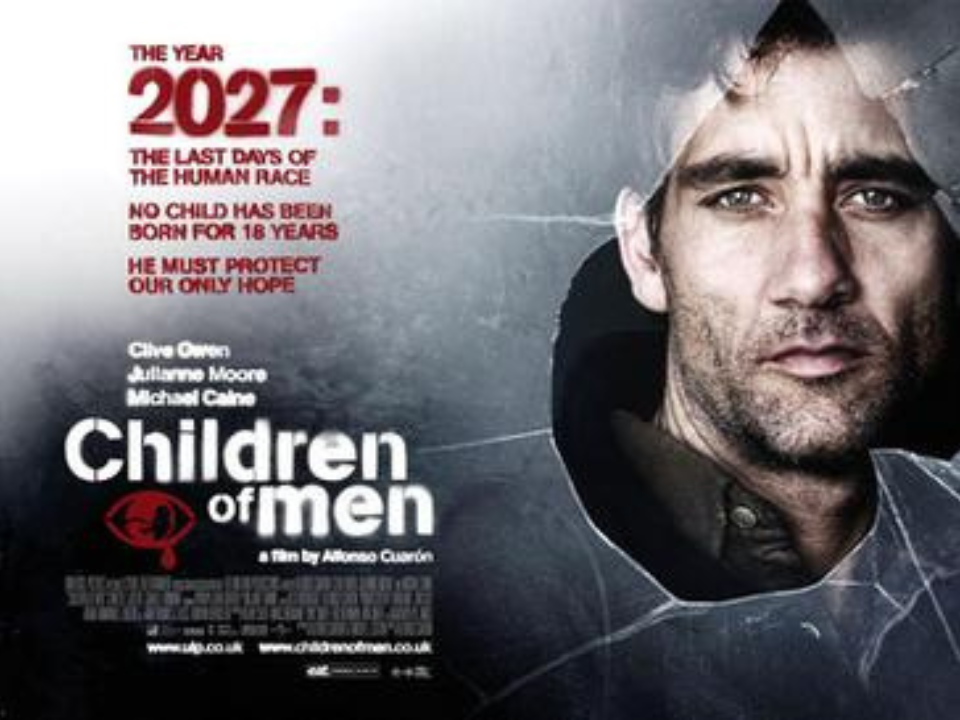
Set in a bleak future where humans have become infertile, Children of Men follows a disillusioned man who must protect a pregnant woman, offering hope for humanity’s survival. The film explores themes of despair, survival, and hope in a world on the brink of collapse.
With stunning cinematography and a gritty atmosphere, the film stands out for its realistic portrayal of a society descending into chaos. Its focus on personal connections amidst global collapse makes it more than just a typical dystopian movie, providing a grounded narrative amidst the chaos.
The Road (2009)
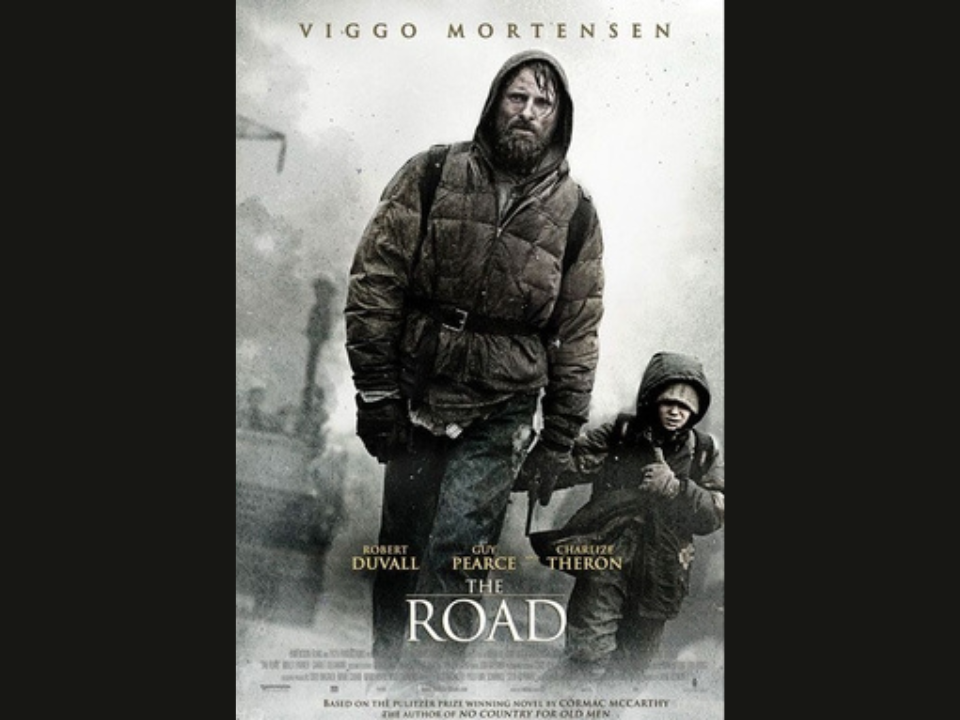
Based on Cormac McCarthy’s Pulitzer Prize-winning novel, The Road chronicles a father and son’s journey through a post-apocalyptic world. They face starvation, violent bands of survivors, and the harsh realities of a world with no hope left.
The film’s emotional depth sets it apart from many other post-apocalyptic narratives, as it examines the relationship between father and son in the face of utter devastation. The stark, desolate landscape adds to the bleakness of their journey, creating an immersive, tense experience.
Snowpiercer (2013)
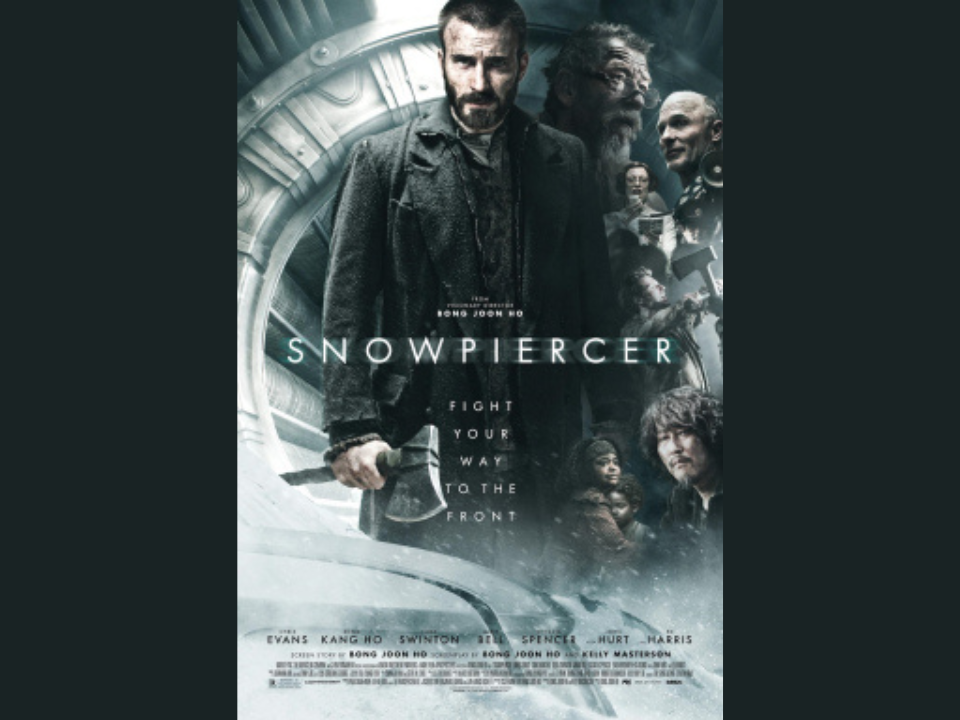
Snowpiercer takes place aboard a train that circles the Earth, housing the last remnants of humanity after an environmental disaster freezes the planet. The story focuses on the class struggle within the train’s confined environment, offering a critique of inequality and human nature.
With its explosive action sequences and a compelling class commentary, the film stands out as a creative twist on the post-apocalyptic genre. Its unique setting and social commentary keep it relevant even years after its release.
Mad Max: Fury Road (2015)
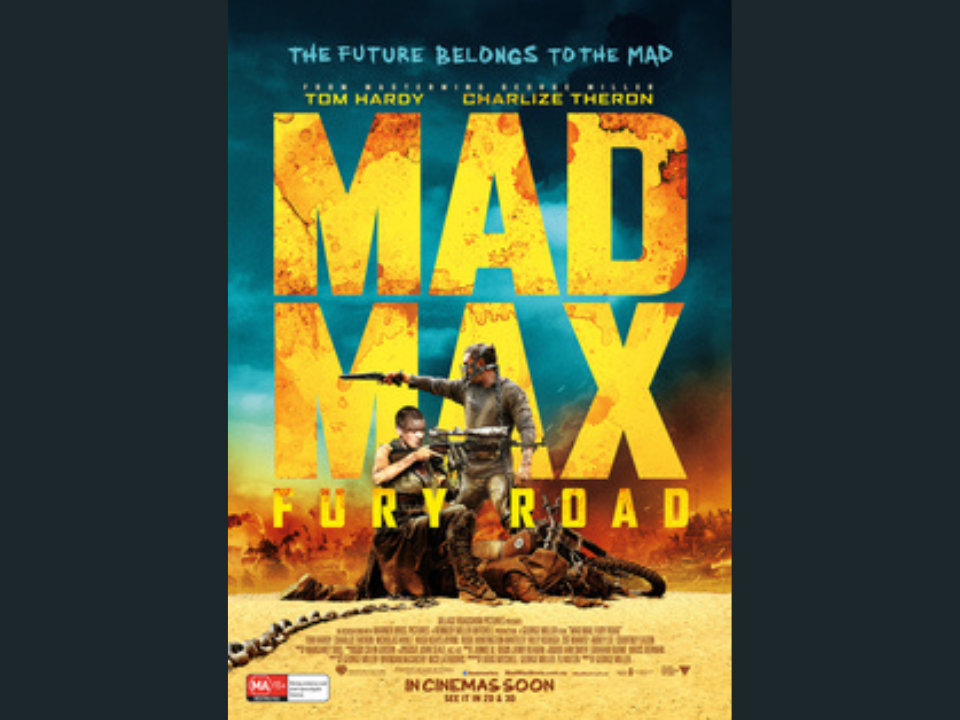
A modern take on the Mad Max series, Fury Road is set in a desert wasteland where resources are scarce, and survival depends on violence and ruthlessness. The film follows Max as he joins forces with Furiosa, a warrior attempting to escape an oppressive regime.
The film’s intense action sequences and visual storytelling are some of the most impressive in recent memory. The sparse dialogue and strong characters make it a gripping and immersive experience that stays fresh with every viewing.
I Am Legend (2007)
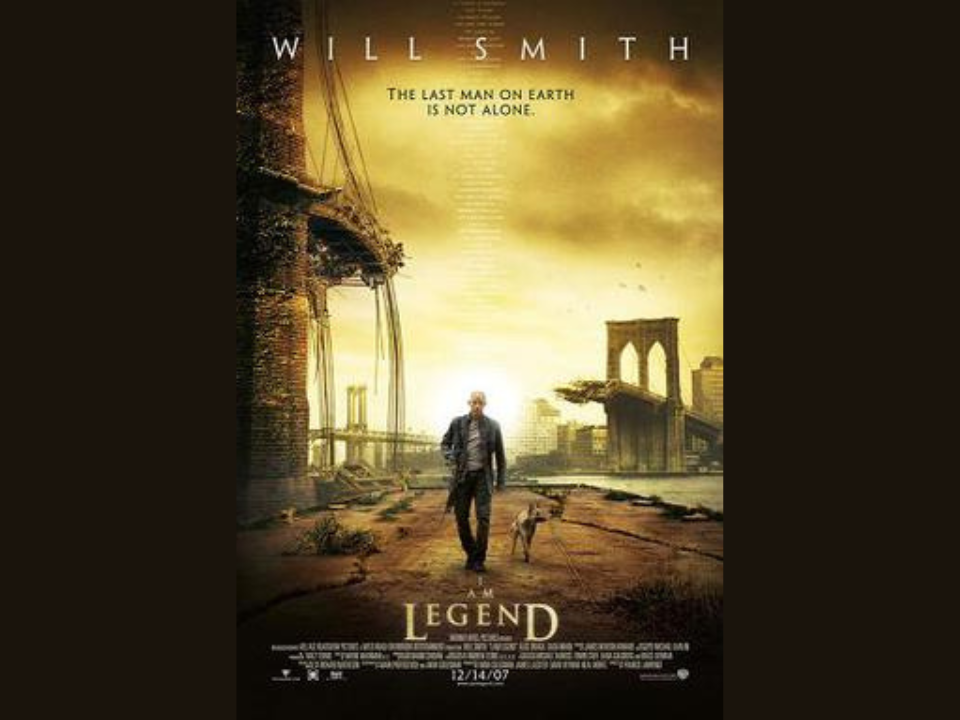
In a world devastated by a plague that turns humans into vampiric creatures, Dr. Robert Neville, the last surviving human, searches for a cure. He must contend with not only the infected but his own isolation and despair.
The film’s emotional tension, especially in its portrayal of loneliness and survival, sets it apart from typical zombie movies. Will Smith’s performance as the last man on Earth adds a personal, relatable layer to the apocalyptic setting.
The Book of Eli (2010)

In a post-apocalyptic America, Eli, a lone traveler, guards a sacred book that holds the key to humanity’s future. Along his journey, he faces dangerous gangs, all while struggling with the importance of the book he carries.
The film’s exploration of faith and survival offers a unique take on post-apocalyptic themes. Its stark, decaying world contrasts with the hope that Eli carries, making it both a visually captivating and philosophically engaging film.
The Postman (1997)
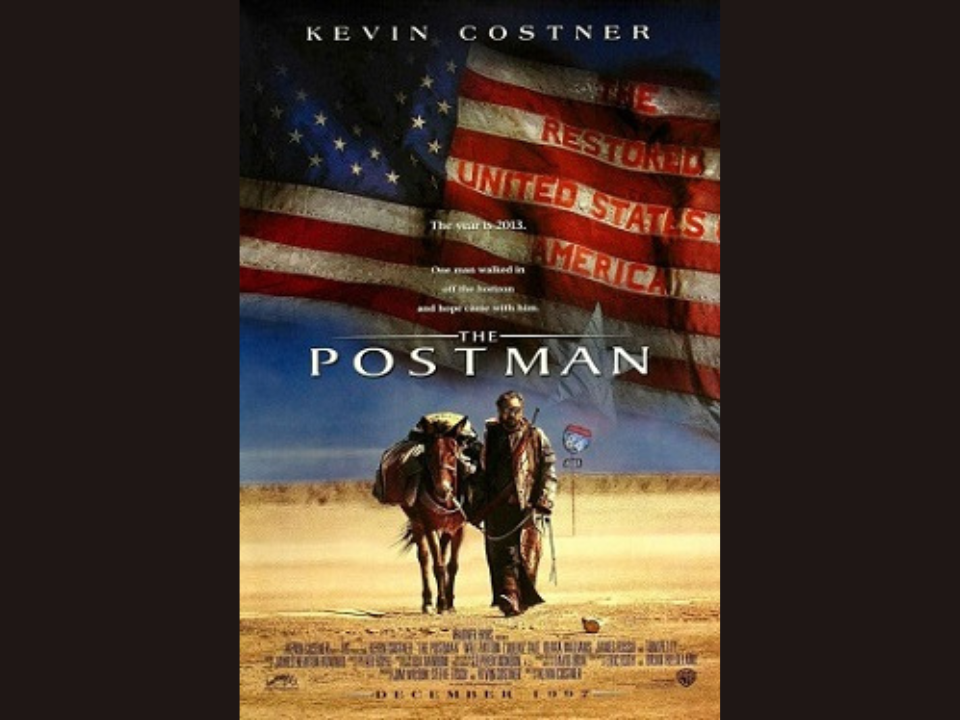
In a post-apocalyptic America, a drifter assumes the identity of a mailman and attempts to bring hope to a shattered society. The film focuses on themes of rebuilding, community, and the power of communication.
While the film didn’t initially receive widespread acclaim, its message of hope in the face of devastation gives it lasting appeal. The idea of a single person’s impact on the rebuilding of society makes The Postman a unique take on the post-apocalyptic genre.
The Girl with All the Gifts (2016)
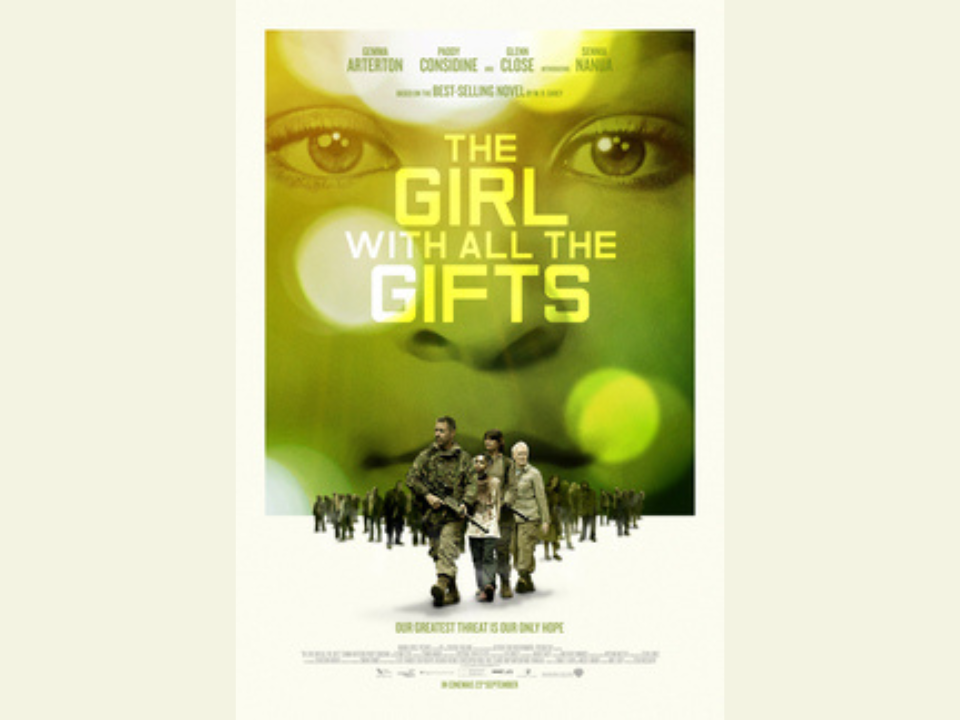
The Girl with All the Gifts tells the story of Melanie, a young girl living in a post-apocalyptic world where most humans have turned into zombie-like creatures due to a deadly infection. Unlike the others, Melanie retains her humanity and intelligence, which makes her both a threat and a potential key to survival. As the story unfolds, Melanie’s struggle to understand her place in this new world becomes a central theme, creating a deep emotional connection with the audience.
The film’s unique take on the zombie genre explores the blurred lines between monster and human, offering a fresh perspective on survival and the human condition. The tension between survival and morality is central to the plot, as characters must decide whether to protect or eliminate those who might pose a threat to humanity’s future.
War for the Planet of the Apes (2017)
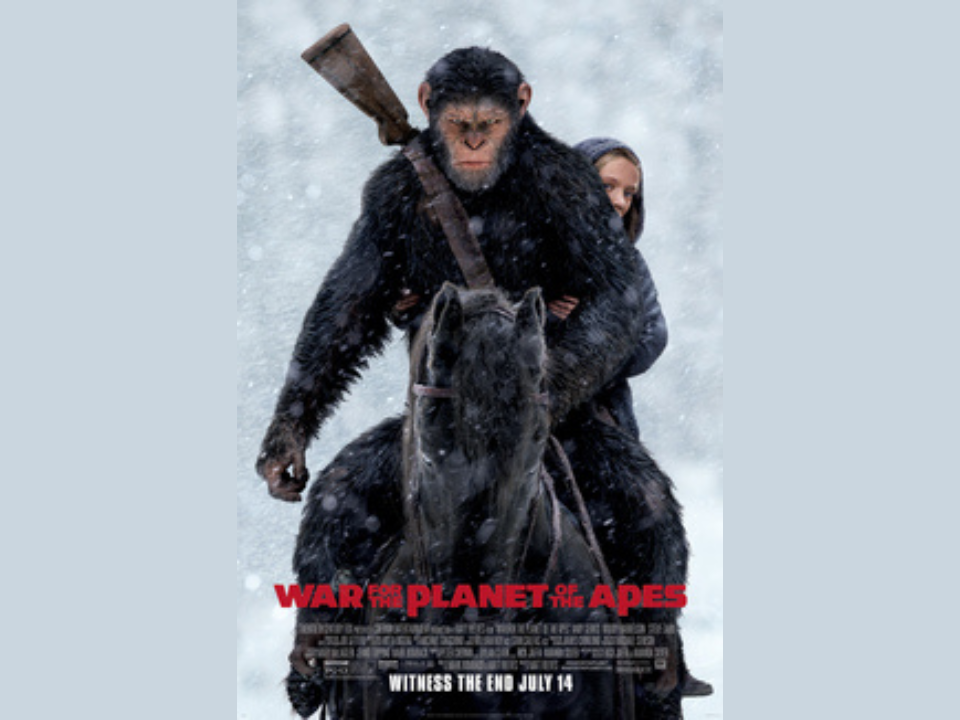
In War for the Planet of the Apes, Caesar leads his group of intelligent apes as they fight for their survival against a ruthless human military force. This film explores themes of leadership, sacrifice, and the blurred boundaries between good and evil. Caesar’s internal struggle, as well as the external war, creates an emotionally charged atmosphere that captivates audiences from start to finish.
The film stands apart from typical action-packed post-apocalyptic narratives by focusing on deep character development and philosophical questions about the nature of humanity and leadership. Caesar’s journey from a reluctant leader to a symbol of hope and resistance adds layers of emotional depth to the story.
Stalker (1979)

Stalker, directed by Andrei Tarkovsky, is set in a mysterious, desolate zone that is said to fulfill the deepest desires of those who enter. The film follows three men; a writer, a scientist, and a guide, known as the “stalker” as they journey into the zone to find a room that grants wishes. As they explore, the film delves into the complexities of human nature, desire, and the consequences of seeking answers in an uncertain world.
What makes Stalker unique is its slow, meditative pace, allowing the viewer to reflect on the psychological and emotional struggles of the characters. The film is a blend of science fiction and philosophical exploration, offering an eerie and thought-provoking take on the post-apocalyptic genre.
10 Cloverfield Lane (2016)
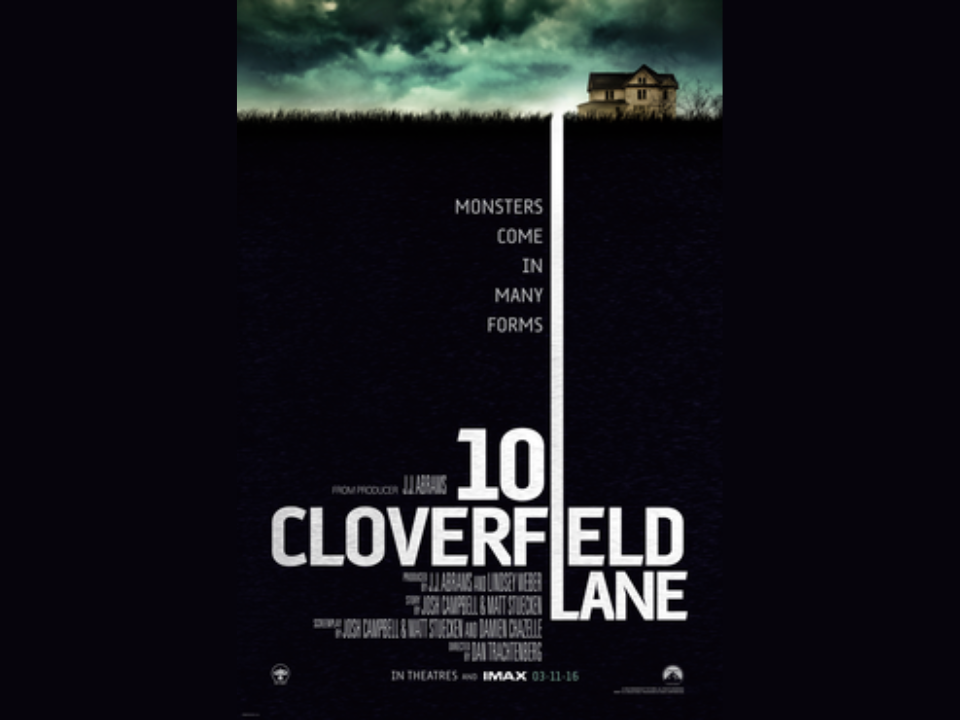
10 Cloverfield Lane takes place in a small, isolated bunker after a woman, Michelle, survives a car crash and is brought into the underground shelter by a man named Howard. He claims that a catastrophic event has left the world outside uninhabitable, but as the days go by, Michelle begins to question his motives.
The suspense in 10 Cloverfield Lane is heightened by the confined setting and the psychological games played between the characters. What sets this film apart is its gradual shift from psychological thriller to science fiction, keeping the viewer guessing about what’s truly happening outside.
The Quiet Earth (1985)
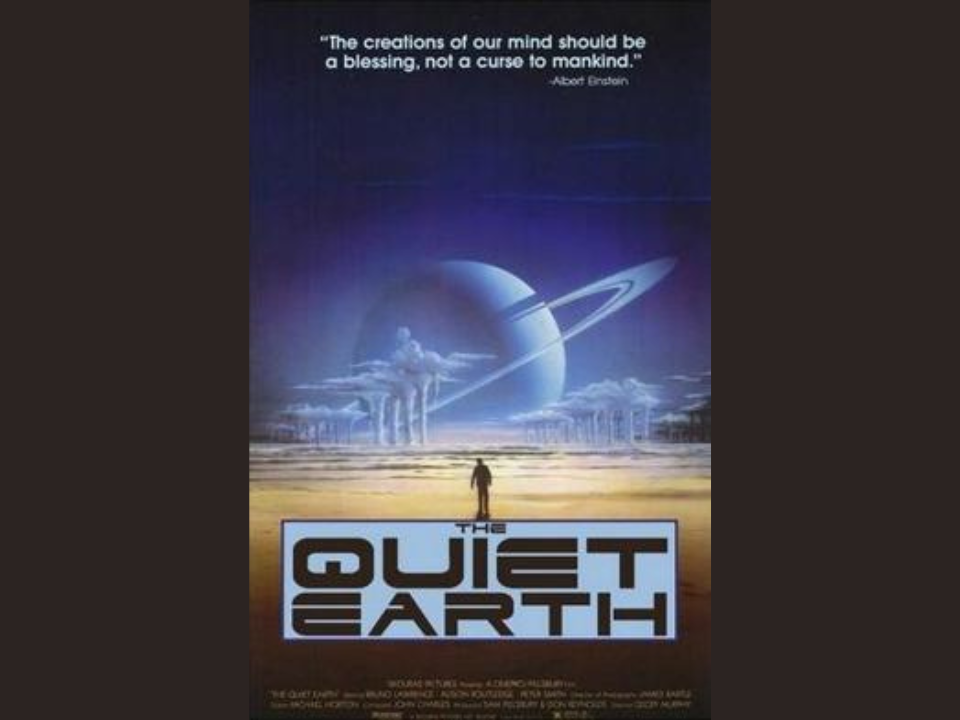
The Quiet Earth follows a man named Zac, who wakes up to find that he is seemingly the last person on Earth after a mysterious event. As he navigates the empty world, he begins to question whether he is truly alone or if there is something more to the situation. The film explores themes of isolation, existential despair, and the need for human connection in a world that seems to have been erased.
The quiet, slow-building tension in The Quiet Earth allows for a deep exploration of the emotional and psychological effects of loneliness. The film’s minimalist approach to dialogue and its haunting atmosphere provide a unique and introspective look at the post-apocalyptic genre.
Waterworld (1995)
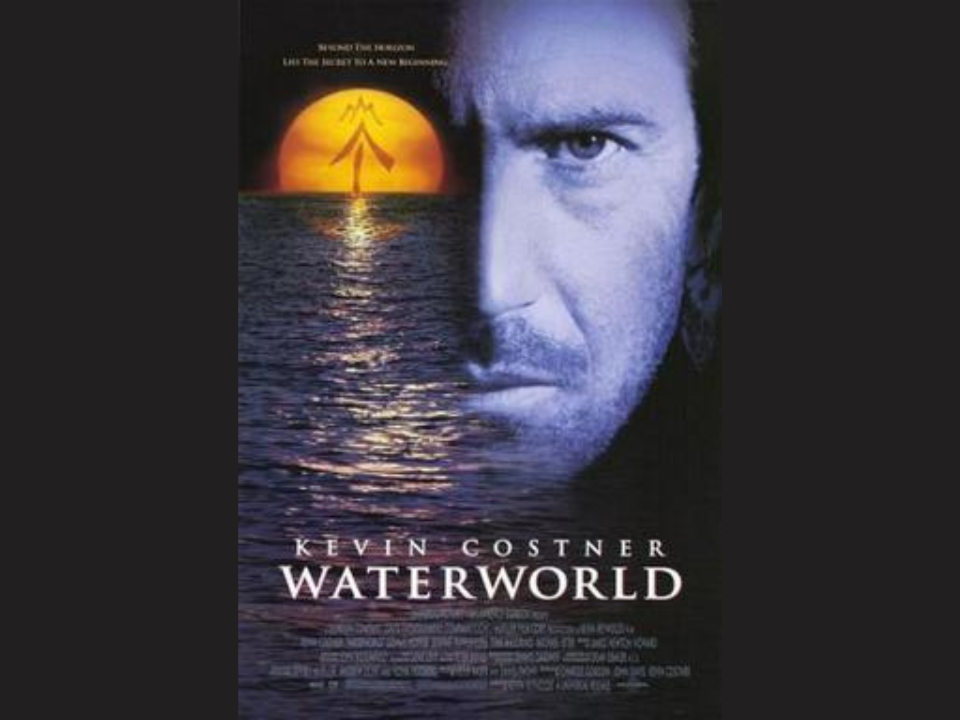
Waterworld is set in a future where polar ice caps have melted, submerging the earth in water, and humanity now survives on floating islands. The story follows a mysterious drifter known as the “Mariner,” who is part human and part aquatic.
The film’s unique setting, with its post-apocalyptic world submerged in water, sets it apart from other films in the genre. While Waterworld is known for its action-packed sequences and grand scope, it also explores themes of survival, resource scarcity, and the search for hope in a drowning world.
Extinction (2015)
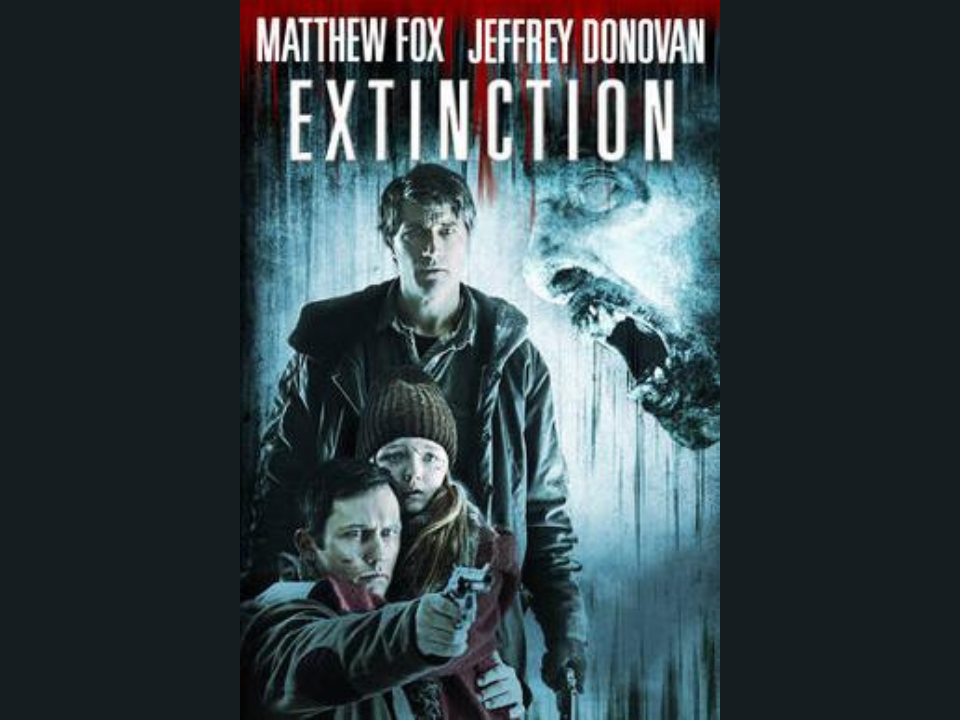
Extinction follows a man named Patrick, who struggles to protect his family after a deadly alien invasion leaves the Earth decimated. As the story unfolds, Patrick must confront his past and the reasons behind his fear of failure, as he comes to terms with the fact that his family’s survival is in his hands.
What makes Extinction stand out is its character-driven narrative, which explores themes of guilt, redemption, and the will to survive. The alien invasion serves as a backdrop to the protagonist’s internal struggles, making the film as much about human resilience as it is about the fight for survival.
The Colony (2013)
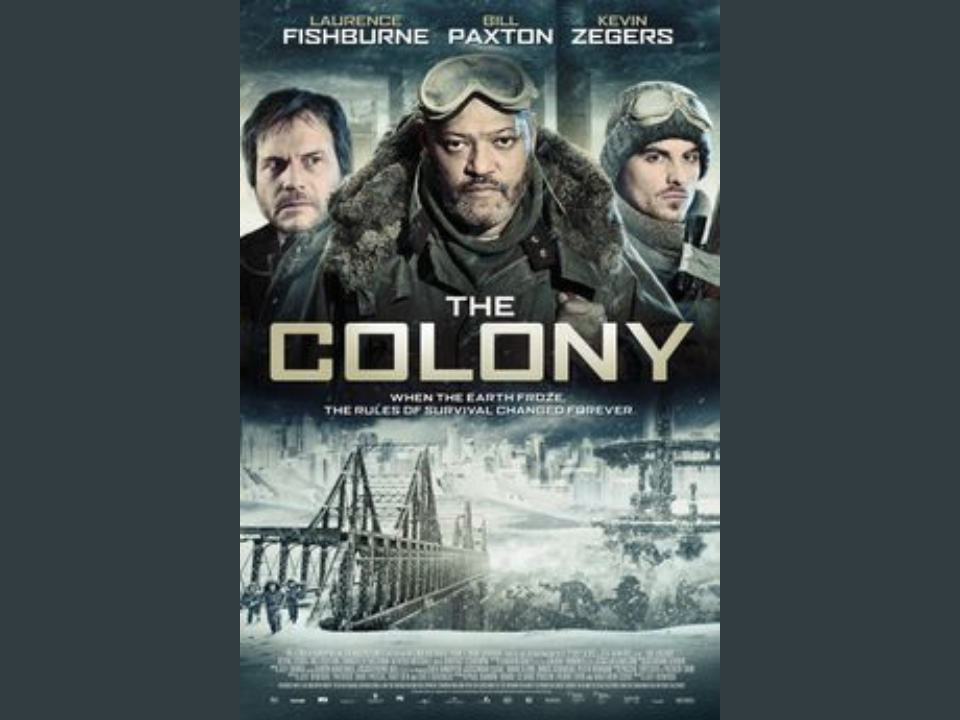
Set in a future where Earth has been ravaged by a new ice age, The Colony follows a group of survivors who live in a underground colony. When they are forced to venture out into the frozen wilderness, they discover that not only have the cold-blooded survivors of the apocalypse evolved, but they may also pose a deadly threat.
The film’s chilling atmosphere, coupled with its themes of survival and fear, makes it a tense and gripping post-apocalyptic experience. The struggle for dominance and resources in an unforgiving environment creates a sense of constant tension, keeping the viewer on edge.
This article originally appeared on Avocadu.
